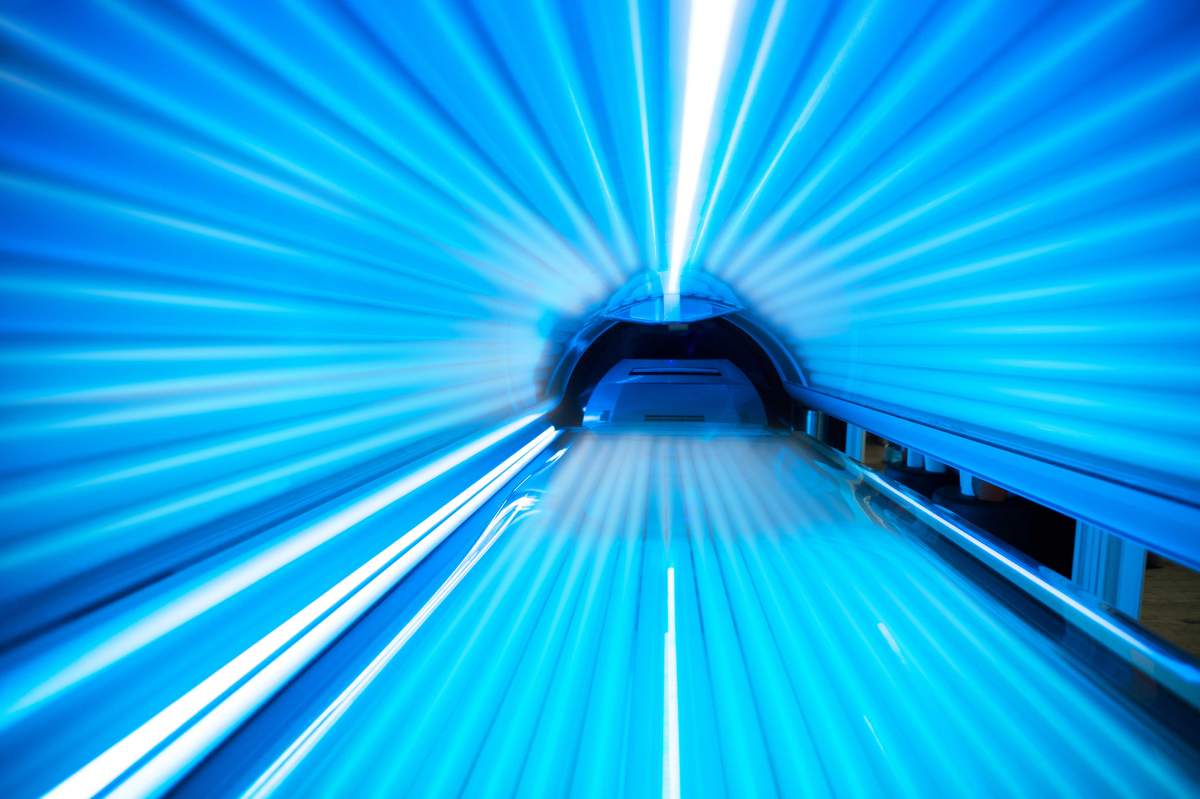
Ultra Dangerous Ultraviolet
Millions of people go to tanning salons, some to get a base tan before they go away on a beach vacation. The idea of the base tan is that it will protect you from burning on your sun excursion, so that what you end up with is a darker tan rather than a lobster face and discomfort. But does a base tan protect your skin from ultraviolet damage you can't see? And how safe are tanning beds themselves?
Dermatologists say that just one trip to the tanning salon can produce DNA damage that can cause skin cancer. Tanning booths emit about 95 percent ultraviolet A light and 5 percent ultraviolet B light. For some time, ultraviolet A light was thought to affect the aging of skin only. Now dermatologists know that ultraviolet A light, like ultraviolet B light, also causes genetic damage linked to skin cancer.
Skin Cancer
One study indicated that people who used tanning beds at least once were 2.5 times more likely to develop squamous cell skin cancer, and 1.5 times more likely to develop basal cell skin cancer. Tanning bed users are at an increased risk of melanoma too, the deadliest form of skin cancer.
Not only can tanning beds lead to skin cancer, but the base tan that indoor tanning provides contains a sun protective factor of only about SPF‑4. It doesn't offer good protection against sunburn or the genetic damage that can lead to skin cancer. Dermatologists recommend an over-the-counter sunscreen of SPF‑15 or higher.
Read More:
"Are Teens Dying For A Tan?" (Science Daily)
"Tanning Lamps May Increase Risks Of Skin Cancers" (Science Daily)









